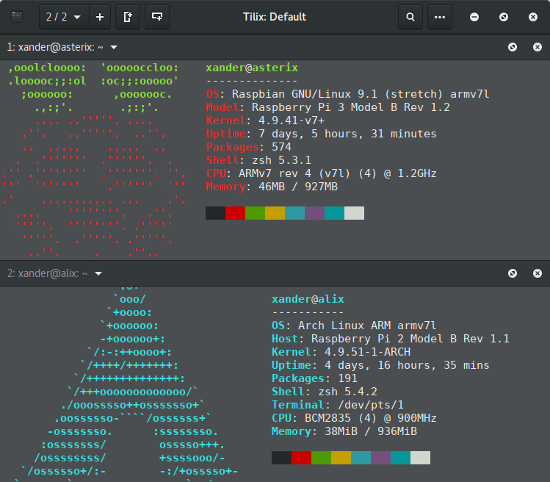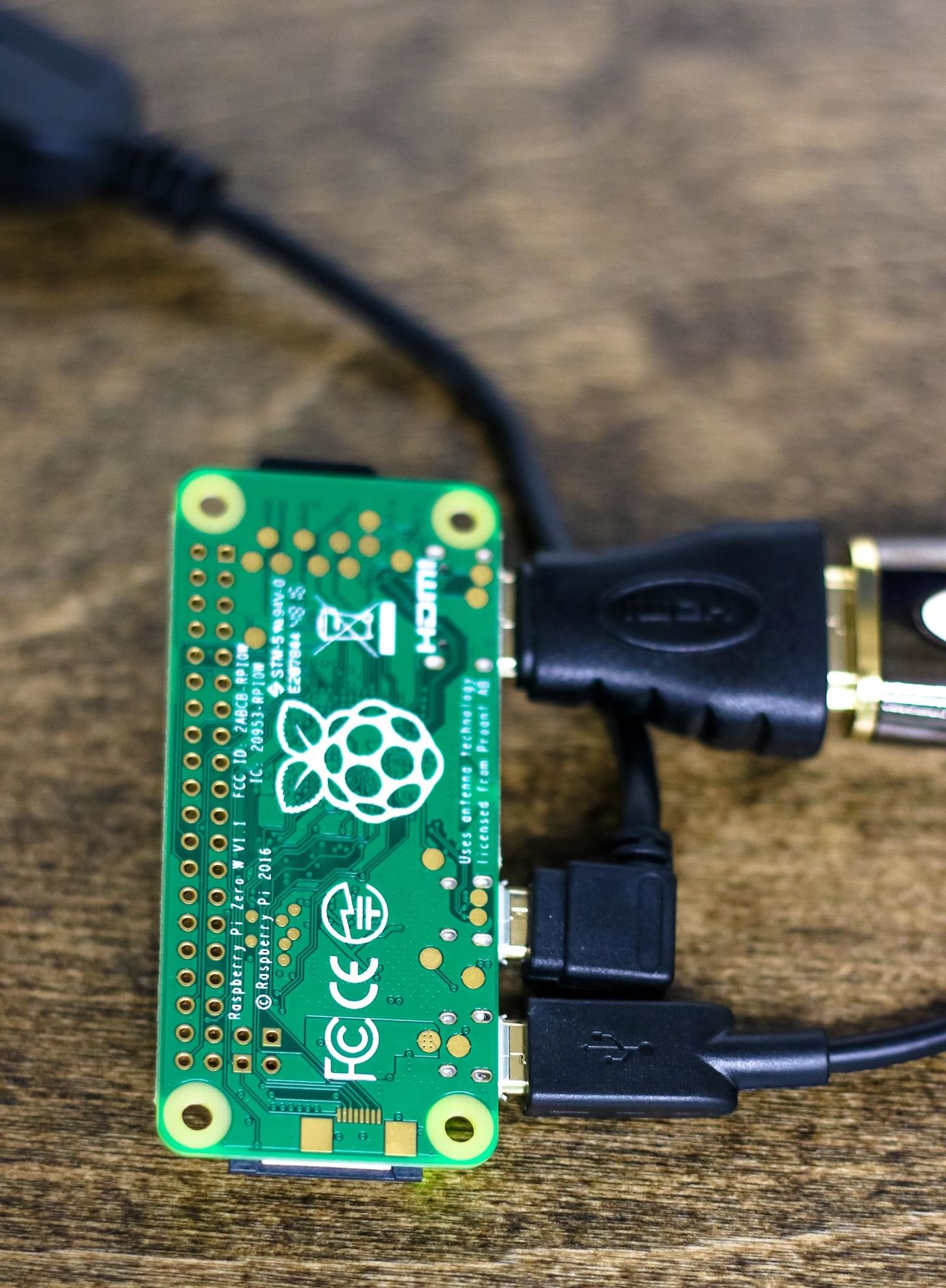

Fortunately, I still have a very nice mail that was sent to me by one of the Kali developers after my post last year, which explains their "live-build" scripts. Unfortunately i3 is not in the Kali ARM repositories, so I can't take the easy way out and just download it. As you will get many answers for search like java or openjdk, look directly for the list I gave you previously. and it comes right up, just like the B+ did! Hooray! This is just insanely good! Seriously, after the amount of trouble I had trying out various other Linux distributions on the Raspberry Pi, and the amount of time that took, I was really not expecting Kali Linux on the Pi to be a walk in the park - but that is really what it has turned out to be.įinally, I mentioned above that I would like to have an i3 desktop version of Kali for the Raspberry Pi. If you are on Raspberry Pi OS Desktop basic or if you want to use another version instead, follow these steps: In the main menu, go to Preferences > Add / Remove Software Then use the search engine to find the package to install.

I used my original Pi Zero (v1.2) for this test.

Yes, I know that this should be a no-brainer because the Zero is functionally identical to the B+. Follow the same tutorial on your original Pi and connect to it using an HDMI screen and USB keyboard, or use an SSH client to connect remotely. take that microSD card out of the B+ and put it into a Zero. To install the 64-bit Ubuntu Server image you will need access to a Raspberry Pi 3, 4 or 400.


 0 kommentar(er)
0 kommentar(er)
